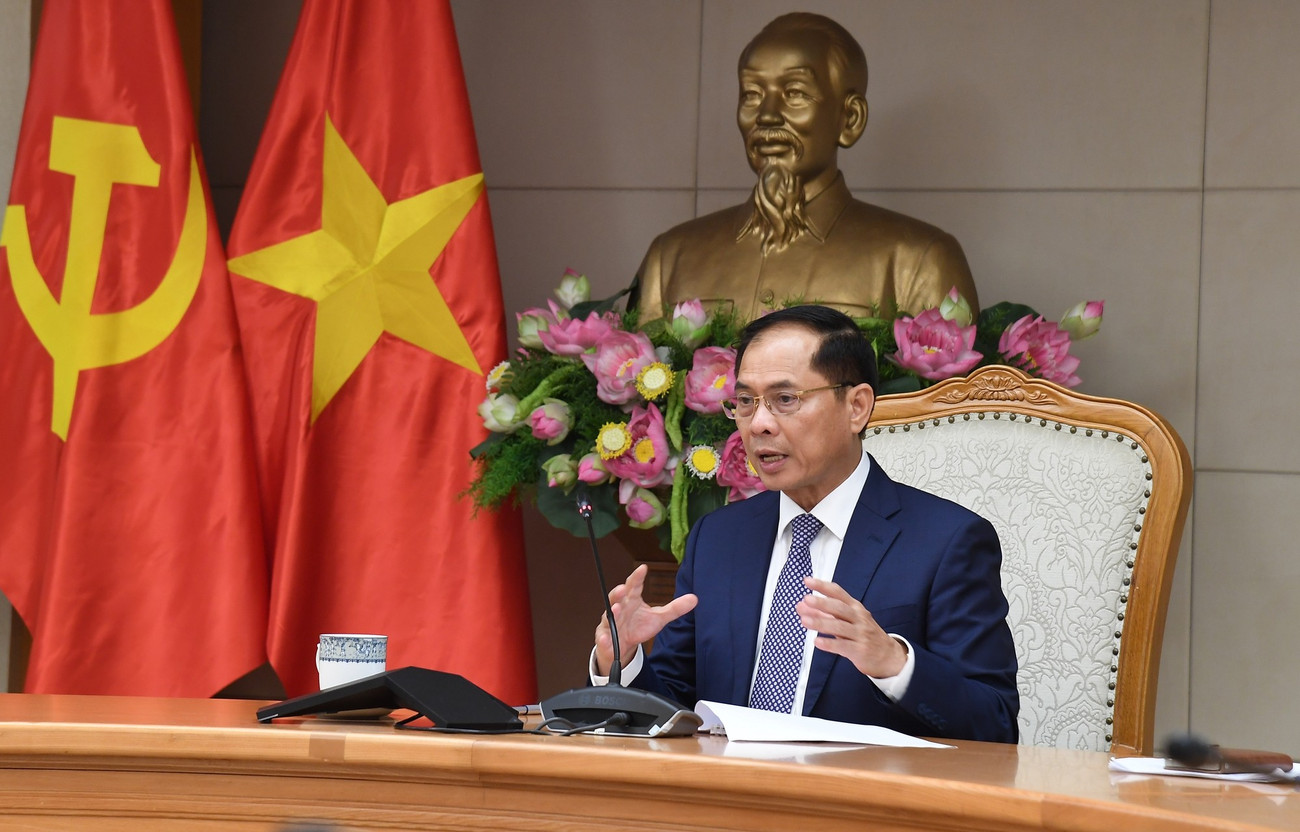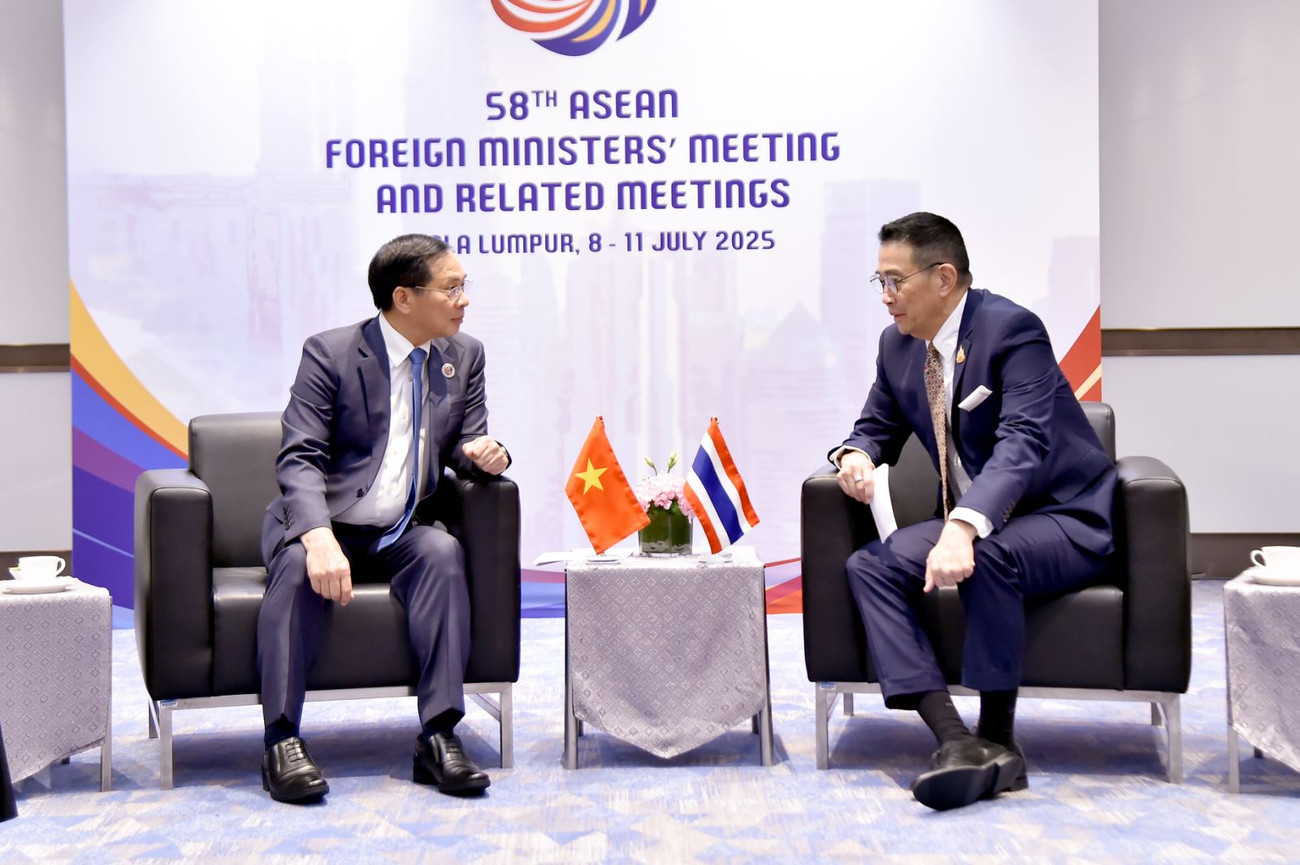MOIT VIETNAM | Liberalization would be most beneficial for Cambodia, Vietnam, and other lower middle-income nations.
/ News
Liberalization would be most beneficial for Cambodia, Vietnam, and other lower middle-income nations.
The after-effects of the Regional Comprehensive Economic Partnership's (RCEP) implementation in January 2022 on GDP growth, trade, poverty, and inequality is explained as below. The 15 participating countries are home to a total of 2.2 billion people and generate approximately a third of global GDP between them. There would be a growth in demand for imported consumer items in Asia as the economy improved, wages increased, and the middle class grew.
The deal, which has been in the works for a long time, couldn't have come at a better time. This runs counter to a rising global trend toward protectionism. Moreover, it may provide an additional impetus to the recovery from the catastrophe brought on by Covid-19, the greatest economic depression since World War II.
As part of the agreement, import levies on almost all goods would be gradually phased out. This includes everything from Australian coal and iron to computer drives made in Thailand and mobile phones made in Vietnam. Non-tariff barriers, such as onerous rules and too stringent technical standards, as well as quotas, will be significantly reduced during the next twenty years.
When trade barriers are removed, it is fair to expect a decline in the costs involved with shipping goods and services across national borders. Manufacturers would benefit from a decrease in the price of imported components and raw materials since it would make their final products more competitive in both local and international markets. Consumers' wallets would thank us if the cost of the goods they buy were lowered.
Our analysis shows that shifting manufacturing to more competitive sectors should boost output and stimulate economic development. Employees' wages would rise according to their degree of production. Lower prices and a wider selection of imported goods, which may include everything from autos and apparel to food supplies, would be great for consumers.
The benefits of the partnership, when taken as a whole, may not seem all that significant at first. By 2035, the region's real income would rise by 0.21 percent over what it would have been without the cooperation if tariffs and other non-tariff hurdles were abolished. Because average tariffs between member countries are so low, at 7.3%.
A lot more might be gained if members were successful in lowering tariffs and non-tariff obstacles and making use of the preferential market access provided by the liberal rule of origin, which only needs a regional content level of forty percent in order to qualify for reduced tariffs. It's possible that by 2035, real incomes will have increased by half a percent if this scenario comes to fruition.
Our best guess is that the area's output will get a "kick" from the influx of new knowledge, tools, and capital as a consequence of the openness that would ensue. There is a very little chance that my forecast will come true, but if it does, real income might grow by an average of 2.5% year by 2035.
Truth be said, averages hide a lot of diversity. To a far greater extent than high-income members like Japan, it is predicted that lower middle-income nations like Laos will benefit. Using Laos as an example, reducing tariffs and other non-tariff hurdles and adopting a single rule of origin might boost national GDP by 2.1% by 2035. This would "boost" to 2.4% if productivity increases were implemented. In both Vietnam and Malaysia, a rise of up to 5 percent in real incomes is likely.
-
/ News / Activities
Prime Minister Pham Minh Chinh’s Strategic Visit to Laos Marks New Chapter in Bilateral Relations
Prime Minister Pham Minh Chinh’s official visit to the Lao People’s Democratic Republic and his co-chairmanship of the 47th meeting of the Vietnam–...
-
/ News
Deepening Cooperation, Strengthening Regional Unity
On the afternoon of July 28, 2025, at the Government Headquarters in Hanoi, Deputy Prime Minister and Minister of Foreign Affairs of Vietnam, Mr. B...
-
/ News / Activities
Vietnam and Laos Accelerate Toward Deeper Regional Integration and Unprecedented Trade Growth
In an era where regional connectivity and economic resilience are critical pillars for national development, Vietnam and Laos are emerging as a mod...



.PNG)
.PNG)
.PNG)


